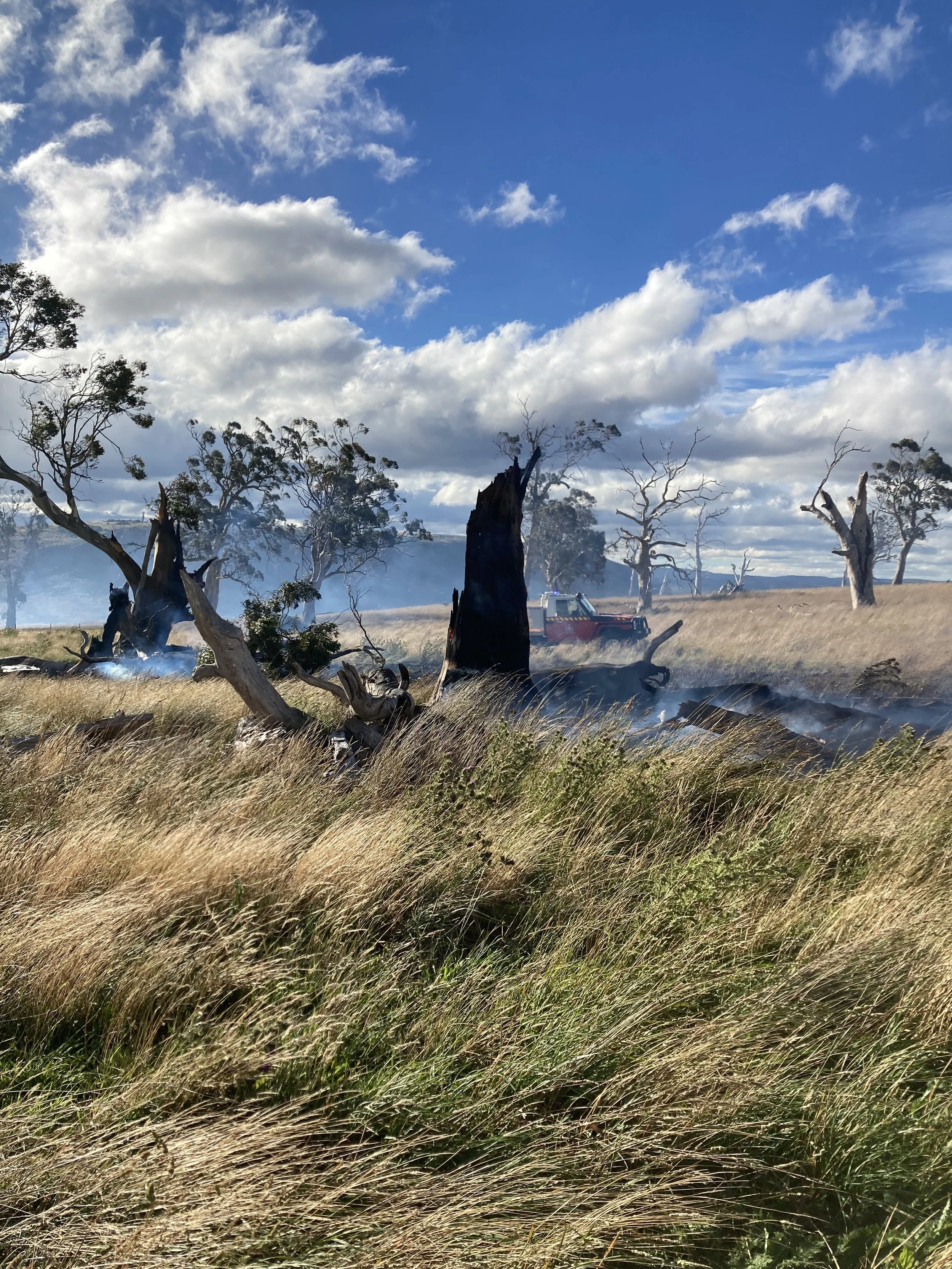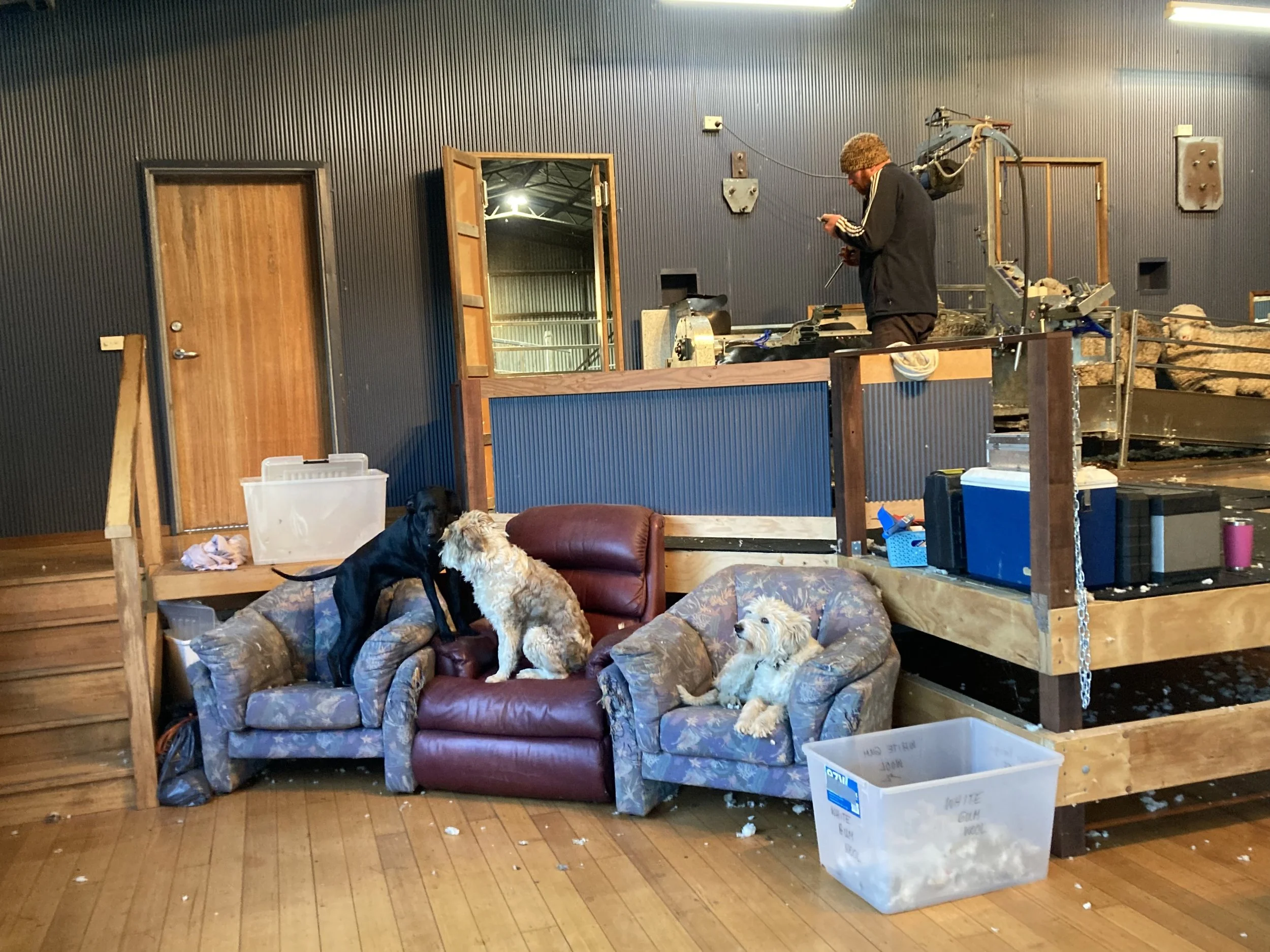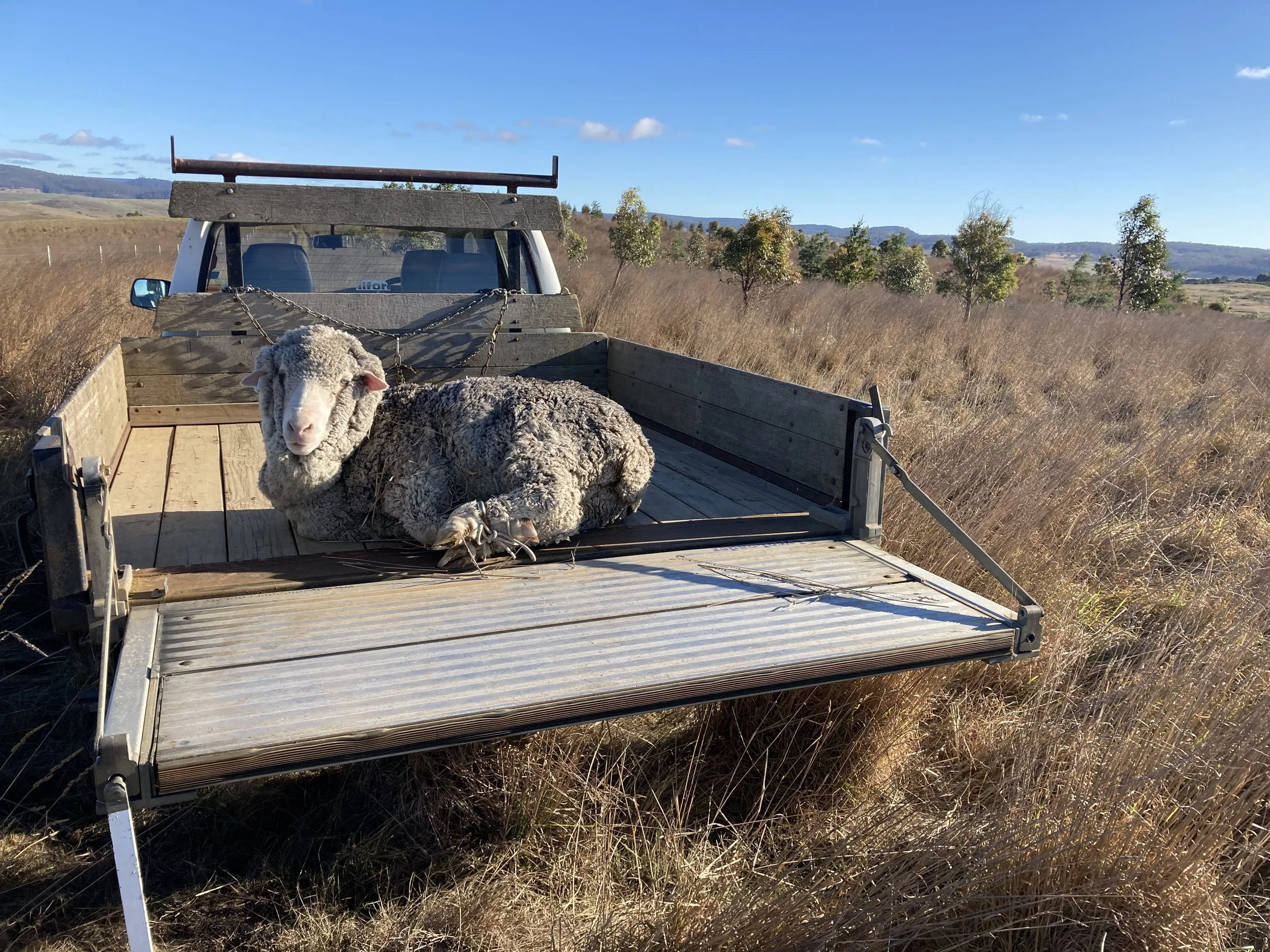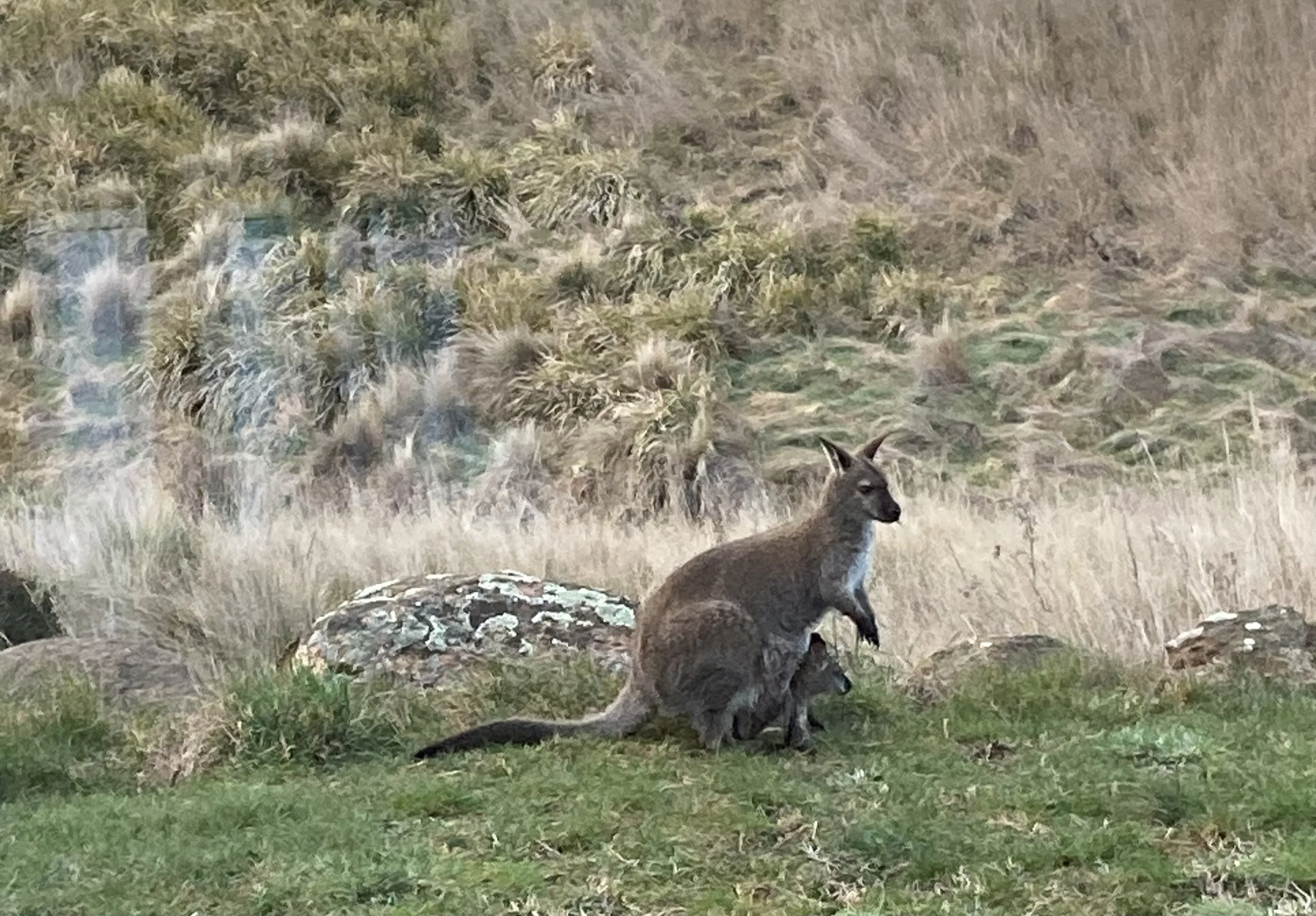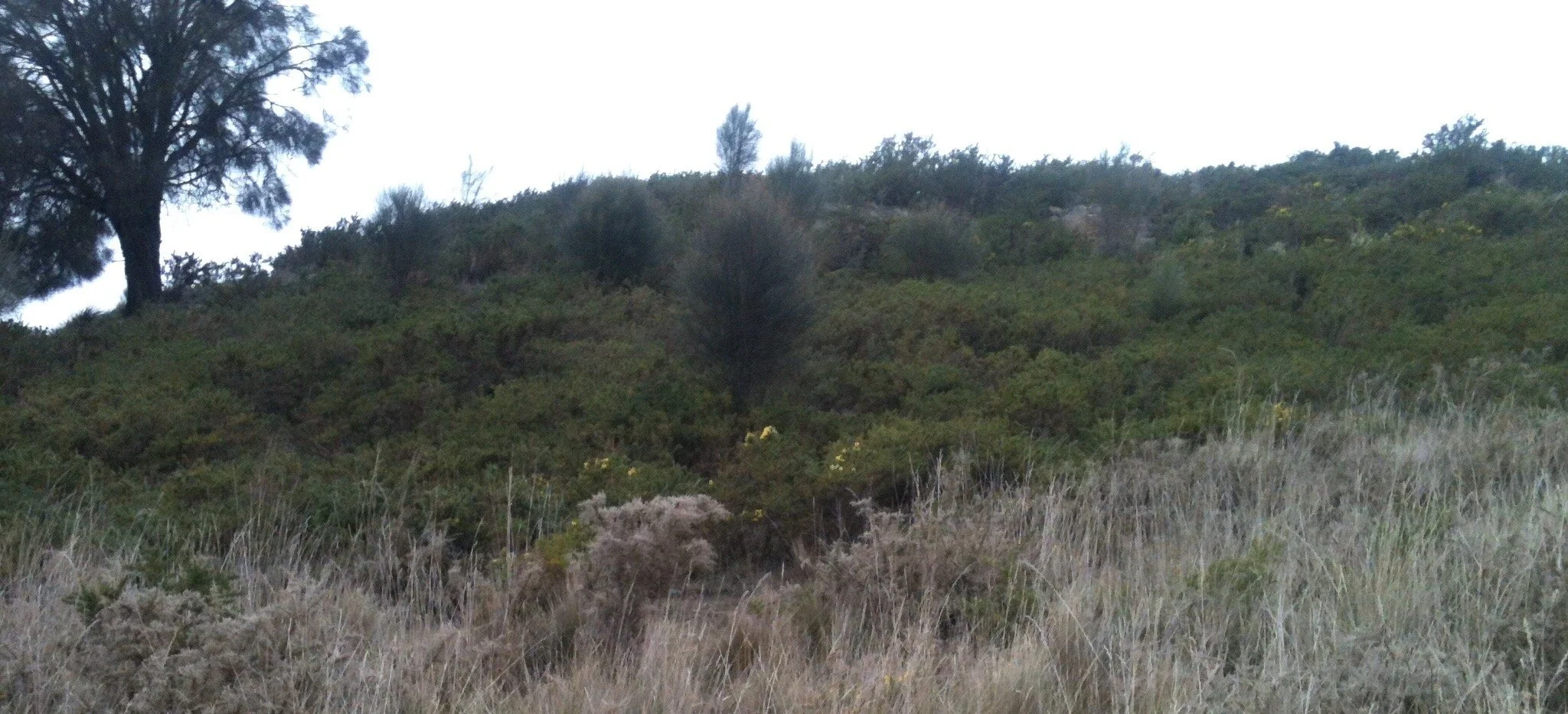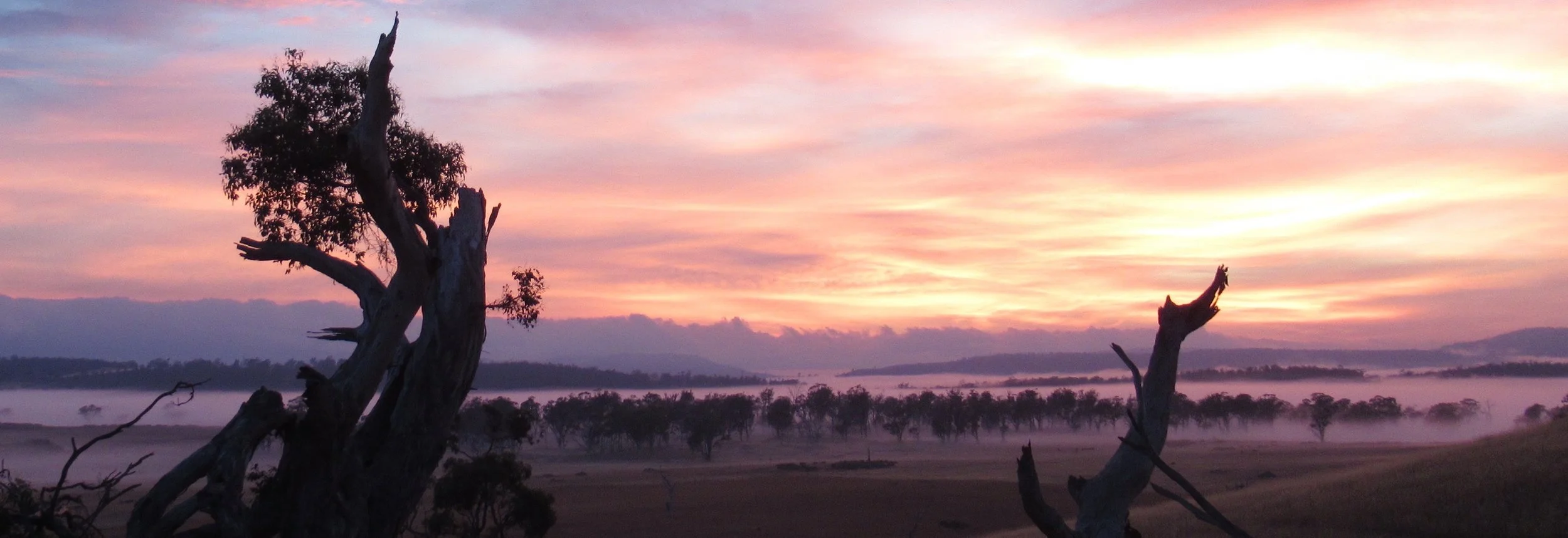What do the ozone hole, coronavirus and climate change have in common? The simple answer is the use of chemical tracers to track where heat is going in the ocean. The full answer will take me a bit longer. But since we’re all sitting at home now, we’ve got plenty of time to learn new things. And one of the things I’m really enjoying about writing these climate change articles is that I’m learning stuff that I assumed I knew, but didn’t.
Galileo Fixes Everything
Like Mozart, Galileo is often credited for things he didn’t do. However, he really did invent the first thermometer in the last decade of the 1500s. In 1654, Ferdinand II, the Grand Duke of Tuscany (a devout Catholic who was Galileo’s friend and patron despite the censure of Galileo’s work by the church) improved on Galileo’s concept, sealing alcohol into a glass tube with small coloured globes containing fluids of different density that are allowed to float freely. You can buy its modern equivalent as a decorative art thermometer for your desk.
Take a deep breath
In the first episode of this climate change series, we met the stars of our drama: the greenhouse gases carbon dioxide, methane and others. We know the levels of these gases are increasing in the atmosphere because of the pioneering work of Charles Keeling, whose observations atop Mauna Loa on the big island of Hawai’i showed a steady increase in CO2 from the early 1950s to the present.
How do we know the source of Keeling’s extra CO2 is in fact human activity in the industrial era and not simply natural variability in atmospheric CO2?
Carbon dioxide: nature's tiny solar panels
Carbon dioxide, like chocolate, is a good thing in moderation. Without carbon dioxide gas in our atmosphere, life as we know it could not exist. This is because carbon dioxide molecules are nature’s own tiny solar panels—absorbing, retaining and re-emiting heat from the sun.
However, as the concentration of carbon dioxide increases, the atmosphere is able to retain more and more heat, with consequences for life on our planet.
Hinewai
Over the past 32 years, the Maurice White Trust has transformed large swathes of its 1500 hectare (3700 acres) Hinewai Reserve from steep, gorse-infested ex-farmland back to its pre-settlement native forest ecosystems on Banks Peninsula south of Christchurch, New Zealand. The work began as an unlikely partnership between botanist and artist Hugh Wilson, who developed a passion for the plants and wildlife of his childhood home, and Maurice White, a local businessman with a passion for native birds. Together they established Hinewai as an experiment in botanical succession as a means to eliminate gorse and re-establish native forest ecosystems in catchments that run from the hilltops above Akaroa down to the sea. Their story is told in a wonderful video recently released: Fools and Dreamers.
Itty Bitty Spaceships
On the steep hillside near the western boundary of my property, and visible from the highway as you travel south from Oatlands, is a village of small plastic domes. When they first went up, I used to think they looked like extra-terrestrial vehicles just the right size for a baby Yoda. In fact, they are part of an international research program looking at the effects of climate change on native pastures in many locations around the world. The Tasmanian component of the program is run by Prof Mark Hovenden and his team from the University of Tasmania.
Indian Ocean Dipole
The Indian Ocean Dipole is at a record high value. To quote Dr Suess’s Sleep Book: “This may not seem very important, I know. But it is, so I’m bothering telling you so.” The IOD is an indicator of the distribution of surface temperature in the Indian Ocean. When it’s positive, like now, warm water is pushed up against Africa, and cooler water is found near Australia. This is like a smaller version of El Nino, where warm water is squished up against South America and cooler surface waters are found near Australia.
The Wombat in the Woolshed
Some months ago, I noticed that a cheeky wombat had taken up residence under my woolshed—specifically, under the holding shed where sheep are kept dry overnight before shearing. It’s a most desirable residence, indeed a veritable wombat mansion, with hundreds of square feet of pre-made burrow runways, filled with lovely, soft, easily shifted sheep poo. I’m quite sure he bragged about his fancy domicile to his wombat lady friends and crowed over his less fortunate wombat buddies.
Healthy Country
I would like to start by acknowledging the traditional owners of the land in this part of lutruwita (Tasmania): the tyerrernotepanner (pronounced “cheranotipana") marwemairer, peenrymairmener and rolemairre language groups. These clans were nomadic through the central plateau and the east coast of lutruwita. Although my initial research has not revealed much more than this basic information about the clans, I’ve come across some modern history of Aboriginal communities in Tasmania, described in what are called Healthy Country Plans, as I discuss below. I’ll keep digging on the early history, recognising the limitations of the internet for serious scholarship.
All is Well
All is well, all is well.
Angels and men rejoice
For tonight darkness fell into the dawn of love’s light.
Sing alleluia.
—Michael Smith
I’ve never felt particularly religious, but then I’ve never felt particularly political, either, until the last couple of years. However, I’ve always loved classical music inspired by faith, particularly the beautiful choral works for Christmas. This year the leader of our small choir (retired professional pianist Roslyn) taught us a carol I’d not heard before, and its reassuring message found a home in my heart, helping to me to stand fast against the feelings of anxiety and helplessness that seem to pervade the daily news.
Nourishment: Fred Provenza's new book
Fred Provenza’s much-anticipated new book, Nourishment: What Animals Can Teach Us About Rediscovering Our Nutritional Wisdom will be launched next week. Long-time readers of Yarns from the Farm will recognise Fred’s name as the mentor who, along with Alice the sheep, taught me all I know about the interactions between plant and animal grazing behaviours.
“In this magnificent book…Provenza weaves together philosophy, nutritional science, memoir, and his humble appreciation for the natural world into an inspiring meditation on our moment on Earth.”
—Courtney White, author of Grass, Soil, Hope
What's In a Name?
Lots, actually, when it comes to livestock. Anecdotally, cows with names give more and better milk, and in my experience, named sheep generally grow more and better wool than the flock average. But of course, there's even more, when social structure comes into play. I'm finally back from my self-imposed "summer" break, which has extended well into northern hemisphere summer. It turned out to be an even better idea than I thought, giving me much-needed time to reflect on the business and my life in general. Time away from writing affirmed my love of the work I do.
Through the Lens: Taking a Summer Break from Writing
Back in my university student days, I took up photography with all the enthusiasm you would expect. I even learned how to develop and print my own photos. In my zeal, I took my trusty SLR camera with me everywhere, on every adventure. After a couple of years, though, I realised my world had shrunk to what I could see through the lens: I was framing my experiences by what would fit in the limited rectangle of the viewfinder. So I quit taking photographs, relying on the emulsion sheet of memory to record my adventures, hoping to regain a wide-angle experience. I regret not having a photographic record of those years, but I'm sure I was more present in each moment as a result.
Zen and the Art of Shearing
Unfinished Stories
Democracy Dies in Darkness
I’ve borrowed the banner line from the Washington Post. I’m sure they won’t mind. I love it for its sense of drama, for the alliteration, and for the elegant simplicity of the message. It's a bit like a three-word haiku. Although I consider my flock to be an example par excellence of democracy in action, this Yarn is not about my sheep. It’s more by way of explanation for being mostly AWOL on social media and the farm journals for the last couple of months.
Snakebite, Lightning Strike and Gunshots
This is how conspiracy theories get started—in the vacuum of verifiable causes. I know this because recently I created my own conspiracy. Three weeks ago, three perfectly healthy ewes simply laid down and died within a few hours of each other. The circumstances were similar and puzzling: sudden death with no sign of stuggle or evidence of disease or pregnancy. Only two sheep have died here in the past 12 months, making this a clear case of something—but what?
A Bonza Year
The Nature of the Game
Nature is certainly a game-changer. While we struggle to adapt to one set of conditions, she simply crooks her little finger and, wham! a whole new scenario is in place. At this point last year, I had just sold half of my flock because there simply wasn’t enough feed to carry them through winter without significant rainfall before the end of the growing season. I experienced the first major grassfire on the property since I bought it in 2000, and even with the reduction in flock size, was not entirely sure the property would carry them through.


